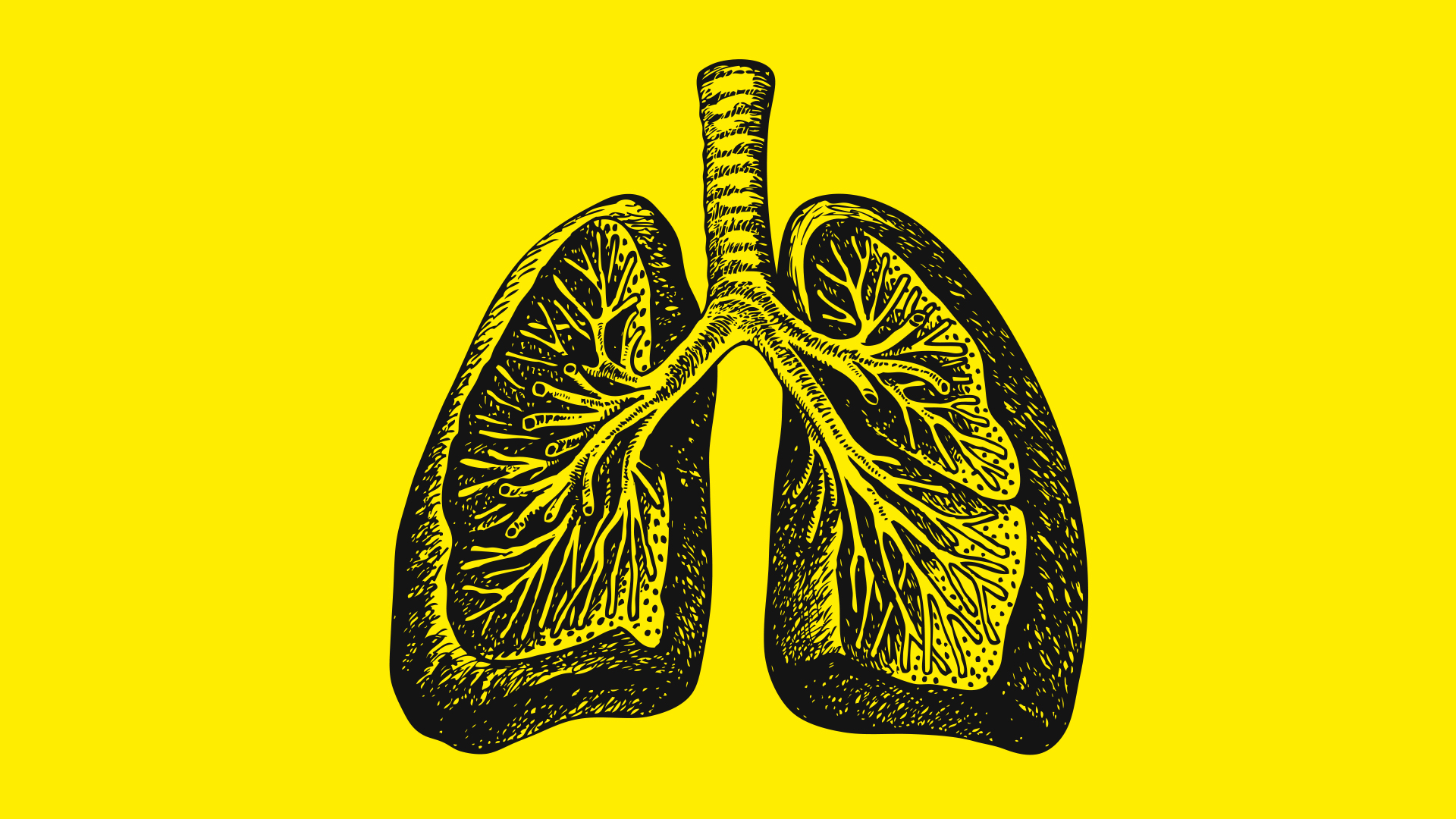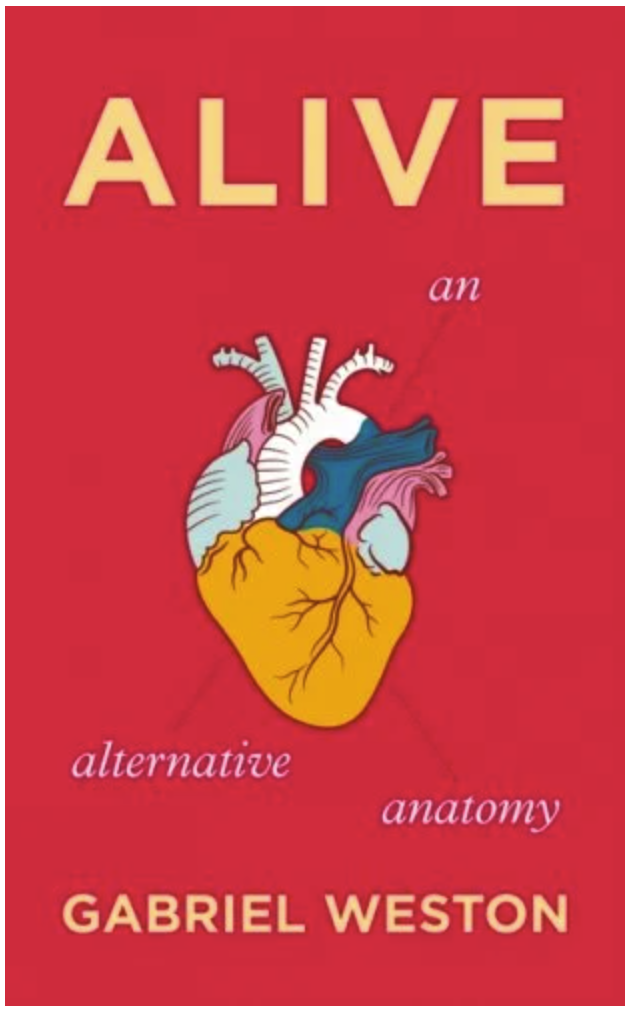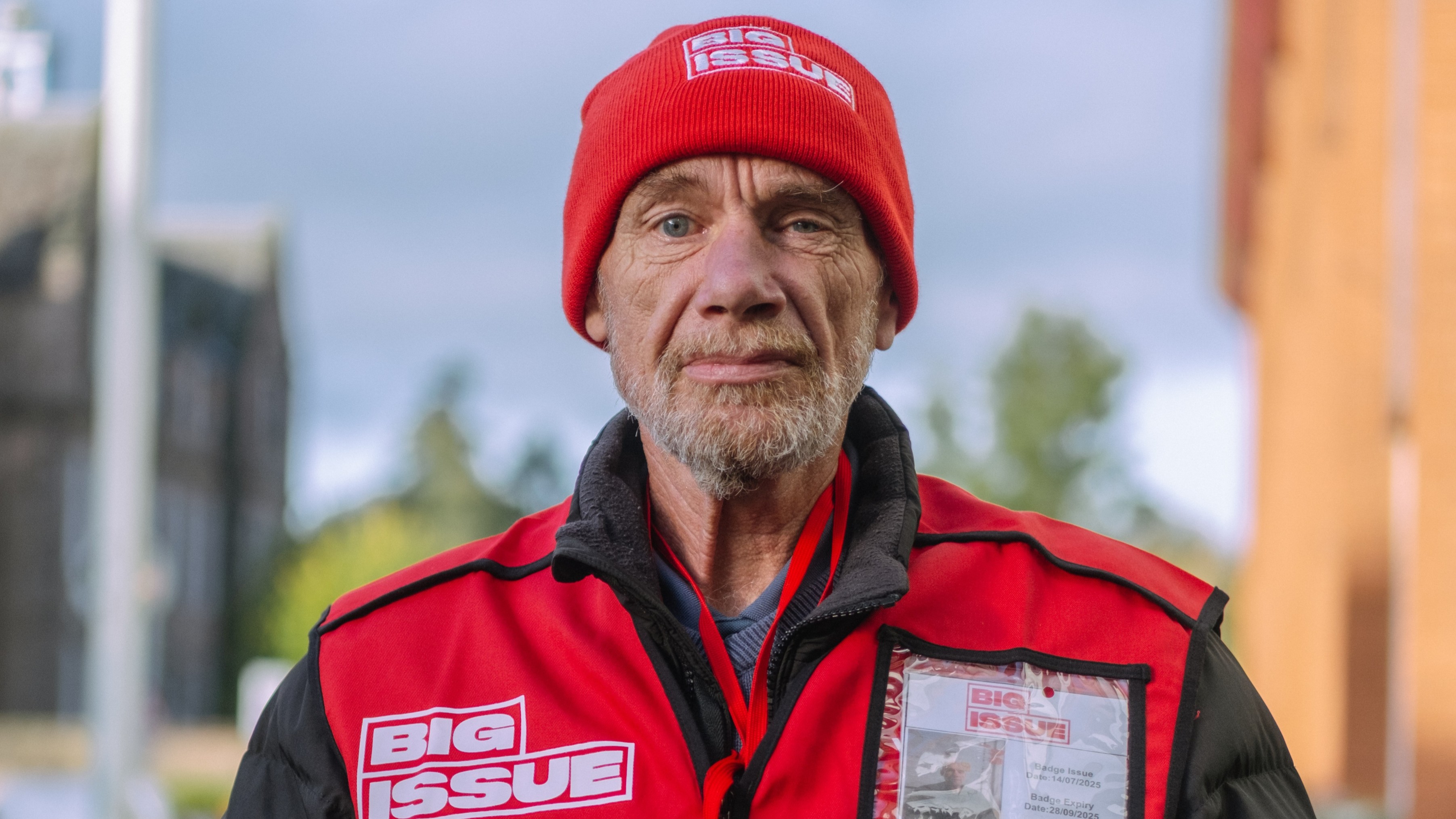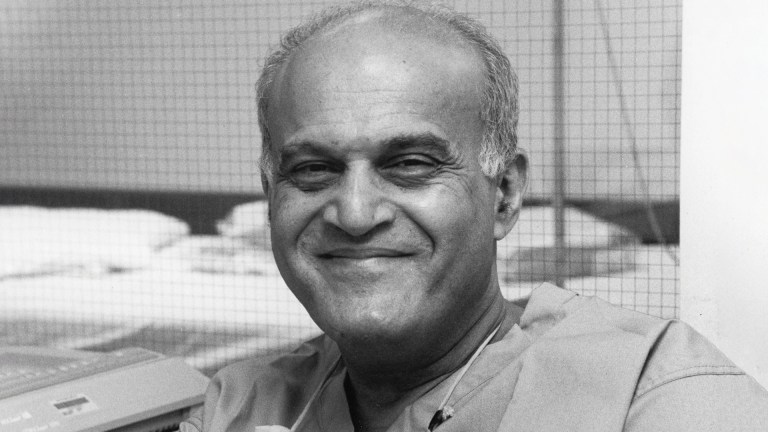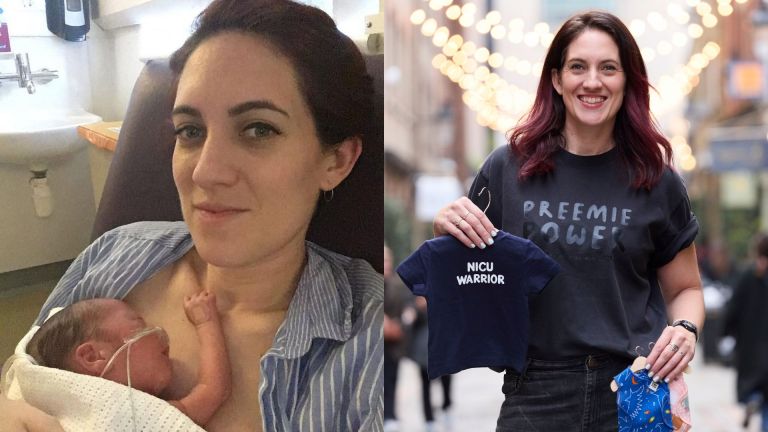The lungs are life’s bookends. A baby cries and we welcome them into the world. A loved one draws their last breath and we know they’ve gone forever. But our organs of respiration are also political. If you want to know how free someone is, just check out the quality of their breathing.
At the extreme end, breathlessness hits those in war zones, with chemical weapons designed to target the respiratory system employed since early history. Peloponnesian forces released sulphur fumes in the town of Platea in 479 BC, and the army of Leo IX of Byzantium threw vases filled with quicklime, overpowering their enemy when they smashed. Chlorine, phosgene and mustard gas were used by both sides in the First World War, killing around one million.
- This life saving-clinic is helping homeless people breathe better – and reducing strain on the NHS
- My mum died after an 11-hour ambulance wait – the system is failing patients and health workers
- Too many homeless people resort to pulling their own teeth. These dentists are trying to change that
Even today, more than 50 different chemicals are stockpiled, with various sinister mechanisms for damaging the lungs. Nerve agents like sarin, tabun and soman cause respiratory muscles to stop working by interfering with normal signals at the neuromuscular junction. Choking agents cause pulmonary oedema, a process in which fluid leaves the lung tissue and enters the air spaces, effectively drowning its victims.
International laws to prohibit their use have been ineffectual, and perhaps it’s no wonder. What more terrifying assault could there be than one which threatens a person’s ability to breathe.
In peacetime too, there’s a clear apartheid between those who breathe easily and those who can’t. Just look at chronic obstructive pulmonary disease (COPD), the commonest cause of breathlessness globally. Ninety percent of fatalities from this inflammatory condition occur in low-income countries. And in the UK, where it affects 3.7 million, COPD is concentrated disproportionately among ethnic minorities and lower socioeconomic groups.
As doctors, we’re taught to think about symptoms along strictly pathological lines, as if it’s our organs’ fault when we get sick. But what about the environmental circumstances that give rise to these bodily symptoms? It’s starkly clear, not just in the case of COPD but also asthma, lung cancer, heart failure and Covid, that lung diseases aren’t randomly allocated across society, and neither are the conditions which give rise to them.
